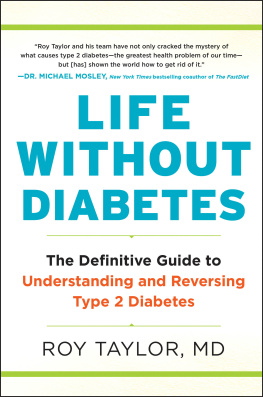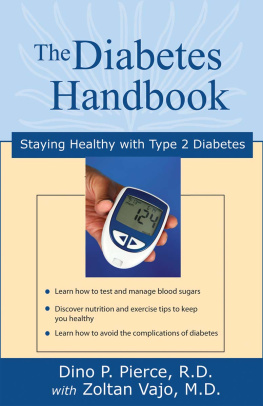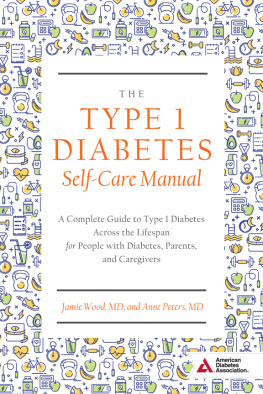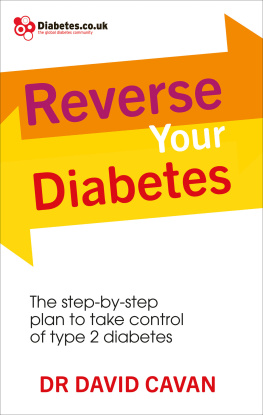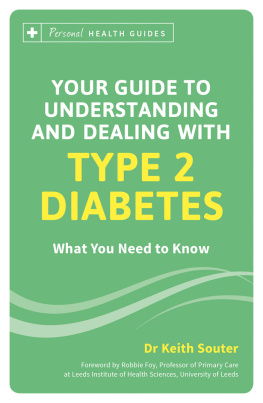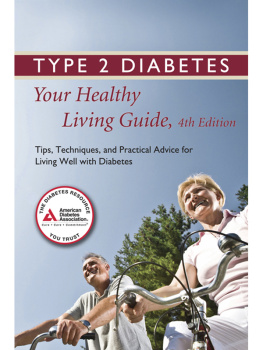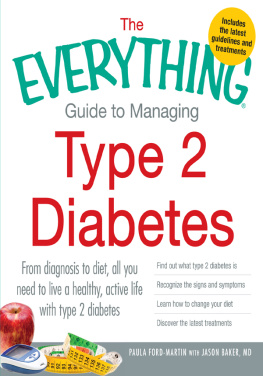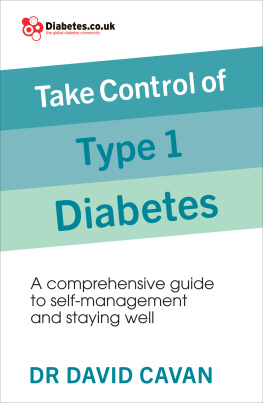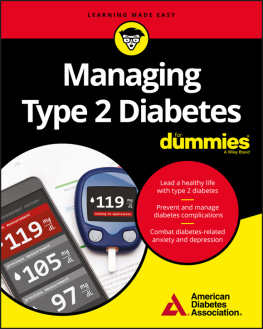Contents
Guide
Australia
HarperCollins Publishers Australia Pty. Ltd.
Level 13, 201 Elizabeth Street
Sydney, NSW 2000, Australia
www.harpercollins.com.au
Canada
HarperCollins Publishers Ltd
Bay Adelaide Centre, East Tower
22 Adelaide Street West, 41st Floor
Toronto, Ontario, M5H 4E3
www.harpercollins.ca
India
HarperCollins India
A 75, Sector 57
Noida
Uttar Pradesh 201 301
www.harpercollins.co.in
New Zealand
HarperCollins Publishers New Zealand
Unit D1, 63 Apollo Drive
Rosedale 0632
Auckland, New Zealand
www.harpercollins.co.nz
United Kingdom
HarperCollins Publishers Ltd.
1 London Bridge Street
London SE1 9GF, UK
www.harpercollins.co.uk
United States
HarperCollins Publishers Inc.
195 Broadway
New York, NY 10007
www.harpercollins.com
This fine book contains good science, good writing, and good advice in equal measure. It is both fascinating and useful for readers.
Matt Ridley, author of The Evolution of Everything
Professor Taylors remarkable tenacity in researching the concept that some people are able to put their type 2 diabetes into remission is changing how we think about and treat this pervasive condition.
Dr. Elizabeth Robertson, Director of Research, Diabetes UK
Roy Taylor and his team at Newcastle University have not only cracked the mystery of what causes type 2 diabetes, the greatest health problem of our time, but shown the world how to get rid of it. This is a terrific book, which will help a huge number of people.
Dr. Michael Mosley
Fascinating, informative, and, in todays world, important. For anyone with type 2 diabetes, its a no-brainerfollow Roys road map and reverse it. And if you havent got type 2 diabetesyetfollow Roys road map and avoid it.
Jimmy Nail
This is a truly extraordinary book. When a doctor tells us to do something, we all want to know what and how, but perhaps even more importantly over the long run, why. Professor Taylor does a superb job of explaining all three based on fact rather than fiction. He obviously is a talented teacher as well as a gifted communicator. He pre sents a clear path to a healthy and enjoyable life crafted with insight and compassion. The information in this book has the potential not only to improve the lives of people with type 2 diabetes, but also to help people who currently do not have diabetes never get it. A remarkable achievement.
Robert A. Rizza, MD, Emeritus Professor of Medicine, Mayo Clinic
Professor Taylor is internationally renowned for his clinically relevant research in patients with type 2 diabetes. His work has demonstrated that diet-induced weight loss is a potent therapy that can even induce complete remission of type 2 diabetes in many patients. He translates his years of clinical and research experience into a readable and informative book for patients and their families.
Samuel Klein, MD, and William H. Danforth, Professor of Medicine and Nutritional Science, Washington University School of Medicine
This book is a must read for anyone to truly understand how excess food and weight gain lead to type 2 diabetes. Its captivating style will instantly hook you! With a practical approach, it offers a fresh view to live better, enjoy life, and defeat diabetes.
Kenneth Cusi, MD, FACP, FACE, Professor of Medicine, Division of Endocrinology, Diabetes, and Metabolism, University of Florida
Professor Taylor provides the most compelling account I have seen of a bold path to reverse type 2 diabetes. This book offers patients something that no other approach provides: hope through self-reliance.
Dr. Domenico Accili, Professor of Medicine, Columbia University, and director of the Columbia University Diabetes and Endocrinology Research Center
This book is dedicated to my patients and research
volunteers, who taught me so much
Contents
Senior Research Investigator, Imperial College, London UK; previously President, European Association for the Study of Diabetes and International Diabetes Federation
Type 2 diabetes has reached pandemic proportions worldwide. In 1980, we estimated that there were fewer than 100 million people affectedbut since then numbers have increased year by year so that we are now heading for 450 million plus, with as many again at high risk. No populations have been spared but figures are particularly high among countries in the Middle East and South Asians.
What is the cause? The big increase has been related to the epidemic of obesity, lack of exercise, and adoption of modern nutrition against a genetic susceptibility background. But the precise cause has not previously been identified. Indeed, when WHO reclassified types of diabetes in 1979, type 2 diabetes was diagnosed by exclusion: it was what was left over after type 1 diabetes and other types with known causes were excluded. It was anticipated that the number of people in the type 2 category would fall as specific causes were found. However, in the intervening 40 years one could cynically suggest that not too much has changed. There has been a massive hunt for responsible genes with only limited success. The association with overweight/obesity has certainly been strengthened, although many people with type 2 diabetes are not particularly overweight. Otherwise, it has been a slightly gloomy picture particularly for those who have the disorder. There has also been the view that it is in most people an irreversible disorder.
Professor Taylor in this book shows that the situation is more optimistic. With appropriate food habits and weight loss diabetes can be reversed in many people. This is encouraging for the many who have tried but failed due to lack of support and appropriate advice. Even more important, he has identified the key role that fat deposits in the liver and pancreas are fundamental to the development of type 2 diabetes, explaining its hallmarks of diminished insulin secretion and insulin resistance.
The book has something for everyone and is written in an engaging style. There is an excellent expos of how metabolism works and how glucose is made and used, and how this all goes wrong in type 2 diabetes. He then goes on to show how it can be controlled or indeed reversed by sensible lifestyle and diet choices. It is eminently readable and suitable for anyone with an interest, be they people with diabetes, those with diabetes in the family, anyone curious as to what happens to food in their body, or health care professionals. The book breaks new ground and is a compelling and instructive read.
Some books are to be swallowed whole, others to be browsed or enjoyed in part.
For people with type 2 diabetes who wish to escape without delay, come first. For people in a hurry, the essence of the book can be picked up in minutes by reading the Quick Read boxes at the end of each chapter, and maybe looking at the pictures.
But if you would like to read a story of scientific adventure, and understand how your body deals with food, then the Lewis Carroll approach is for you: start at the beginning, go on to the end, then stop.
The book provides information but not personal medical advice. If you are already on treatment for diabetes, do discuss with your doctor or diabetes nurse before making changes.
Seven days? Just seven days to slay the monster?
For centuries, doctors have regarded type 2 diabetes as a lifelong disease. A disease that can cause great miserythreats to eyesight, to limbs, to the heartand one that just gets worse and worse, needing more and more tablets and eventually insulin. The moment your doctor says, You have diabetes, life changes. It is a hammer blow. Your health suddenly appears very fragile. The future is uncertain.
Next page
